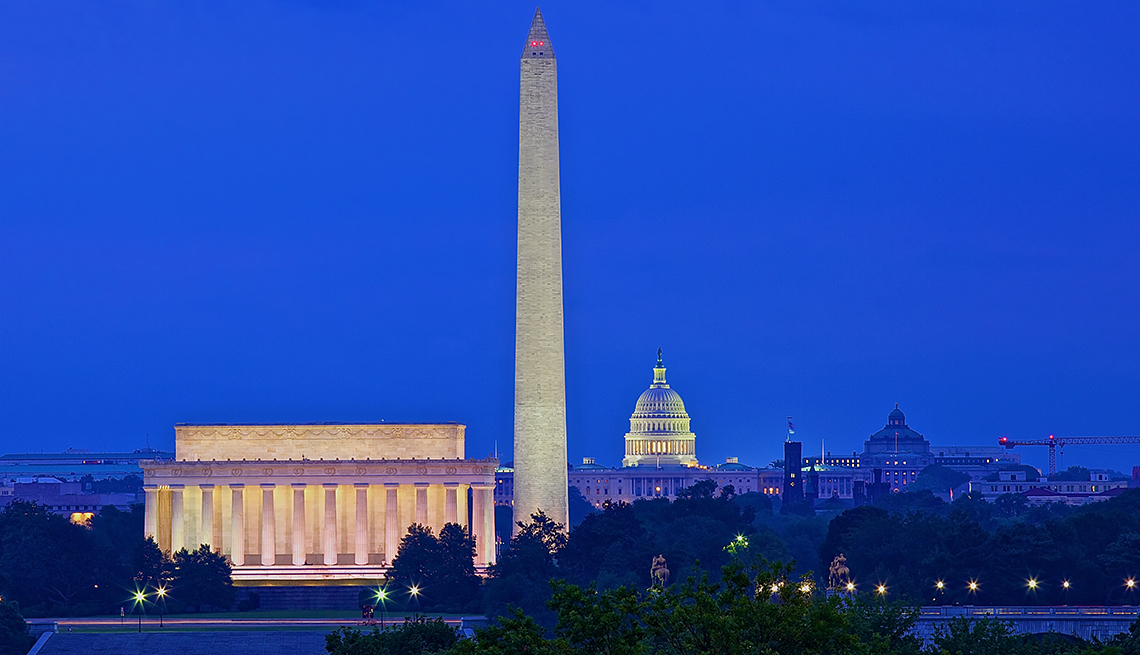AARP Hearing Center
Older adults in major metropolitan areas, especially in the Northeast and around Washington, D.C., are more likely to continue working past age 65 than those in other areas around the country, according to an analysis of census data by the Associated Press-NORC Center for Public Affairs Research.
"Those are the areas where all of the jobs are, really,” says Anqi Chen, assistant director for savings research at Boston College's Center for Retirement Research. “The coastal areas recovered well from the recession, while other areas have not."
But it's also the types of jobs in those areas — government, finance, law and academia — that keep this group working longer, analysts say.
Older workers can be a boon to regional economies, increasing tax revenue, stimulating growth with more consumer spending and providing additional talent and expertise at a time of low unemployment, says Paul Irving, chairman of the Milken Institute Center for the Future of Aging.
About 12 percent of counties with at least 6,000 residents have at least 21 percent of their adults age 65 and older working or actively looking for jobs, according to an analysis of the Census Bureau's 2017 American Community Survey. Of that group, nearly 25 percent are located within the Northeast or in Maryland or Virginia. And nearly 15 percent are within 70 miles of New York, Boston, Philadelphia or Washington, D.C.
"I consider myself to be a very fortunate person to still do what I loved at 27 at 74,” says Steve Burghardt, a professor of social work at the City University of New York. “I feel advantaged being in New York, where you're exposed to sights and sounds and differences that are always exposing me to new ways to understand myself and to learn from other people."
Two Washington suburbs, Falls Church and Alexandria, Va., are among the nation's leaders in terms of labor force participation among adults 65-plus, with rates of nearly 37 percent and nearly 30 percent, respectively. This area is also home to one of the fastest growing older adult workforces in the country — three of the 11 counties that saw labor participation rates for this group climb the fastest between 2009 and 2017 are within 70 miles of the District of Columbia.






























































